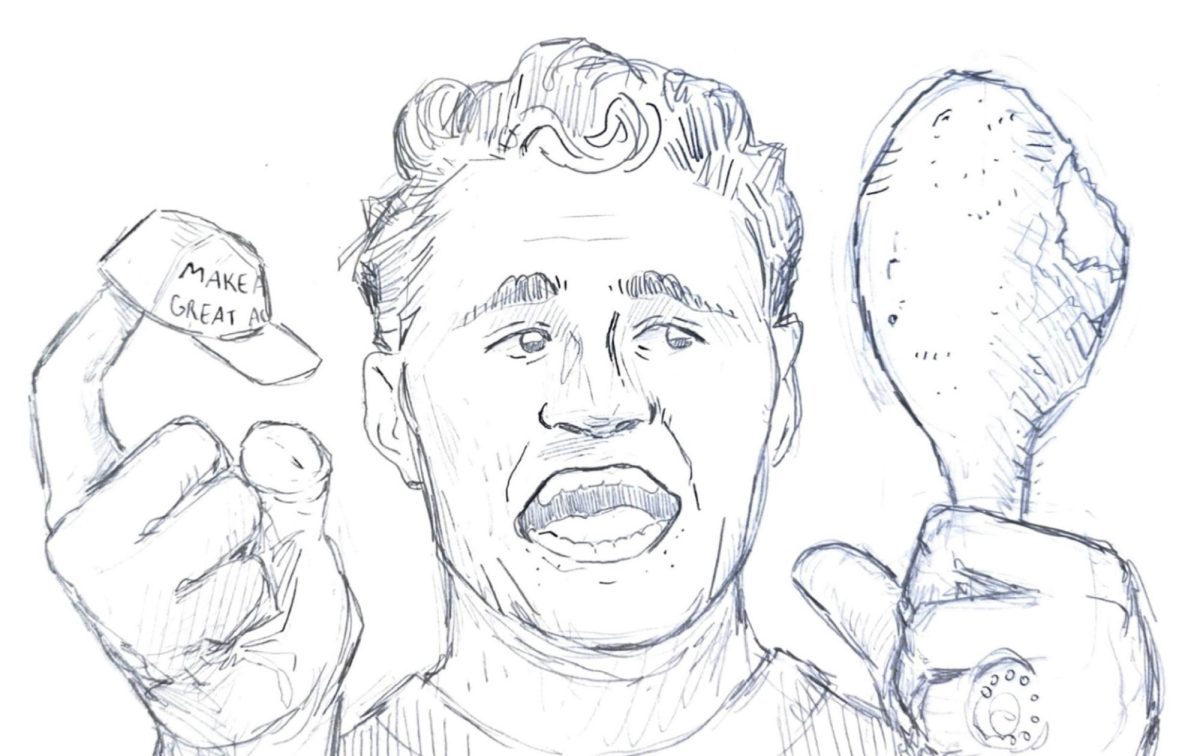It is not a war on youth. It is a battle against the immeasurable loss of human life, personal security and wasted human resources. When juvenile court preservationists label youth punishment initiatives as representative of moral bankruptcy and blame disinterested corporations and white, wealthy communities for disenfranchising the youth, people of color and the poor, they fail to put themselves in the position of the daughters whose Dartmouth parents were brutally stabbed in the head and chest by 16- and 17-year-old boys. They forget the pain of the Columbine shootings. They forget to put themselves in the shoes of a parent whose 5-year-old daughter was killed for her bike. They forget that a crime is a crime, regardless of the offender’s age. They forget that sometimes, the criminal justice system works harder for the criminal than the victim.
Now, don’t get me wrong. I do not believe that institutionalization is a solution to America’s social problems. I am a strong advocate of rehabilitation and second chances. There has been many a time in my life, as I’m sure there has been in everyone else’s, that being given the second chance has made the difference. But I do believe, however trite this may sound, that if you do an adult crime, you do adult time. Minors that commit certain serious crimes should be tried as adults.
Violent, preventable crimes by minors have long plagued America’s larger cities but have scarcely been punished because of the age of the perpetrators. Protected by a lenient and highly outdated juvenile justice system, violent youth have taken advantage of such benefits and have run rampant in our cities. High profile slayings are quite the norm on the evening news, and every once in a while, disaster strikes and we lose a large number of lives at the hands of young offenders. And sadly, naive America continues to lose more and more lives at the hands of reckless teens and repeat offenders because we choose to give them as many chances as they need so long as they are not legal adults. Unfortuately, we have to lose and destroy more lives because we refuse to punish.
Many juvenile court sentences have amounted to nothing but a mere slap on the wrist for many young offenders. The juvenile court is no longer capable of providing the individualized attention that it first sought out to do and can no longer easily help at-risk offenders who are threats even after their juvenile sentences. Laws were first created to handle small cases such as truancy, shoplifting and vandalism. These laws are now archaic, as they do not have the ability to handle today’s violent crimes. Tougher crimes call for tougher measures. Rehab centers have had little influence on youths. The counselors that deal with our youth are inexperienced and do not have the skills to counteract their behavior. For some violent youths, rehabilitation is the easy way out. Some youths are even known to commit crimes without thought because they know they cannot be tried as adults. Eventually, many young offenders who go through juvenile systems do not end up rehabilitated and, as a result, turn back to crime. In many jurisdictions, a child may have to commit 10 to 15 serious crimes before anything is actually done to him.
Children are killed by children. Teens are killed by teens. And still we refuse to punish them because “”they are too young to understand that what they are doing is wrong.”” An excuse most heard from parents, it is also an excuse too often heard after lives are lost and ruined. Without a tougher punishment system, society is left with a high percentage of delinquents and a rising percentage of crime victims.
For many victims, the juvenile court systems have been a far cry from justice. Families of murder victims, rape targets and victims of other serious crimes have been left abandoned without a sense of closure, a sense of protection. Some feel like their loss was left unacknowledged. Indeed, in such a leniant juvenile system, victims are more often than not left unacknowledged. Most people agree with Sterling Burnett of the National Center for Policy Analysis in Dallas: “”The only way to treat the victim as a full human being — to fully honor the memory of the victim — is to punish the perpetrator ….””
Trying minors as adults will toughen the system and hold someone responsible. Minors must be fully culpable for their behavior if we are to deter future delinquents from committing violent crimes. Setting this example and making it known that our cities will, indeed, be tough on crimes, will serve as a wake-up call. Like the three strikes law, the threat of a harsh sentence will most certainly make children think twice before they commit violent crimes.
Since 1993, at least 43 states have passed laws making it easier for children to be tried as adults. A juvenile justice bill is currently awaiting final Congressional approval and contains similar measures for the federal system. Proposition 21, from last year’s California elections, was passed and, although it has stirred much opposition and controversy, it has molded the image that society will have no tolerance for crime. The cost of implementing such measures will never even reach the immeasurable cost of lives lost.
In the words of former California Gov. Pete Wilson, we have to act “”decisively to retake [our] neighborhoods ….”” If we are to sincerely make an effort to keep our cities safer, all of America has to understand that youth may not be adults, but they are certainly capable of committing crimes. The crime that a 16-year-old commits is no different than that of a 60-year-old — thus, there should be no reason to treat them differently. Second chances will come accordingly, but accountability should come first. It is not about giving children second chances. It is about making them responsible for their actions.







